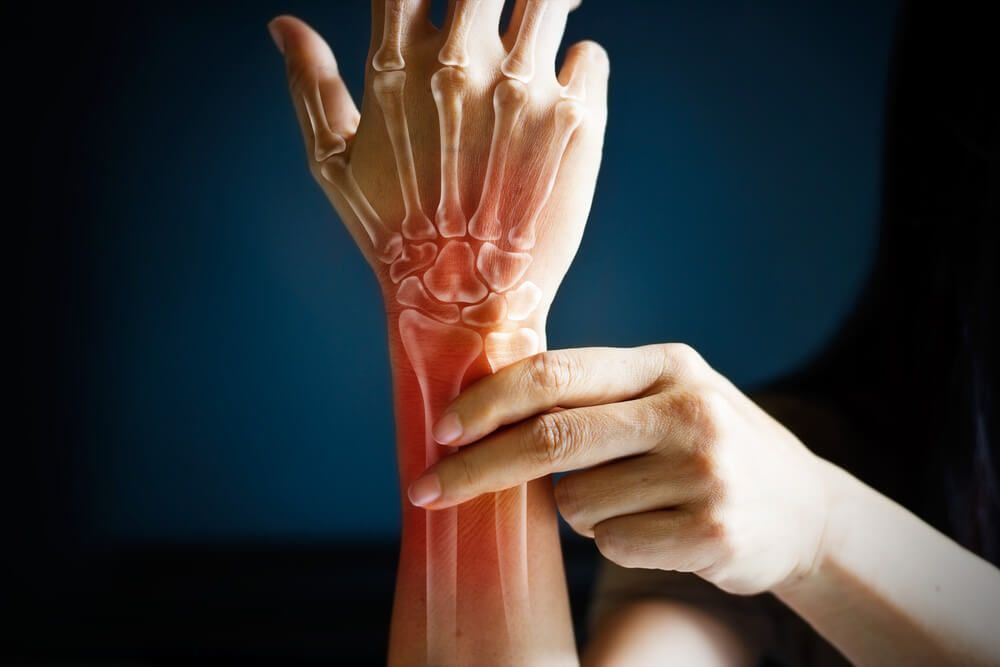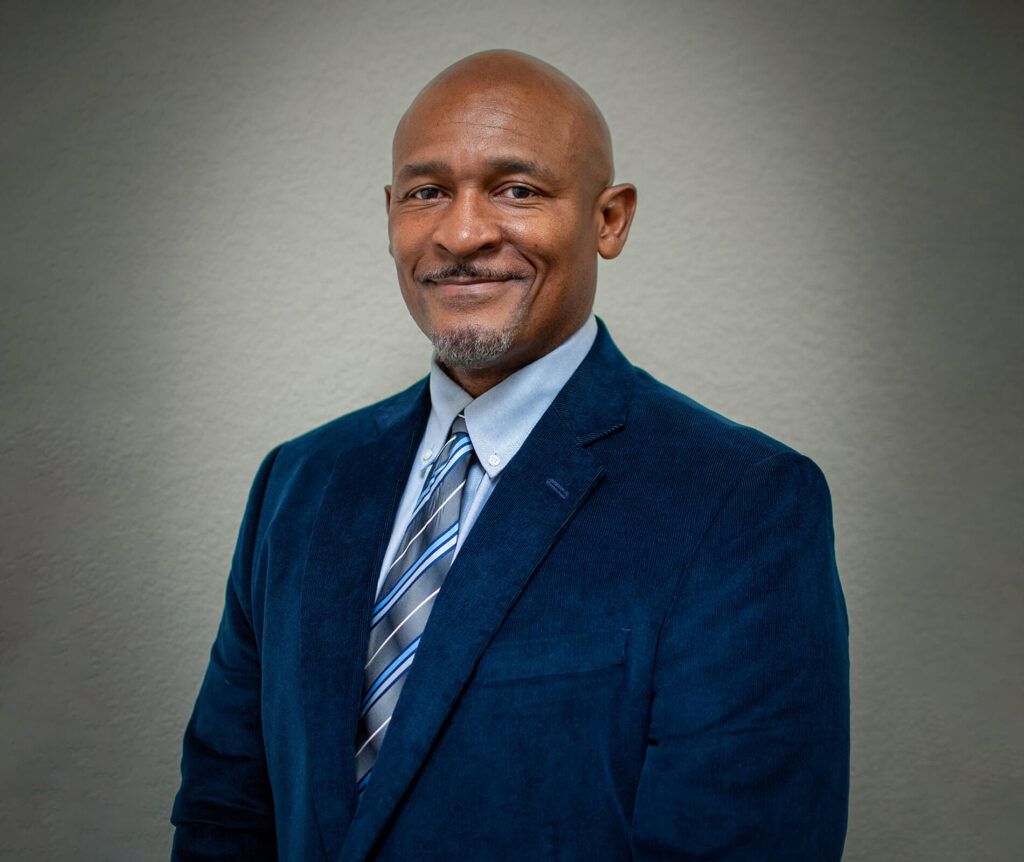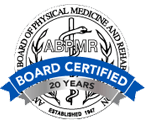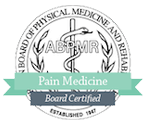Chronic pain syndrome (CPS) is a complex condition, the causes of which are not fully understood. Unlike acute pain, which alerts the patient to a possible injury, infection, or disease, chronic pain persists in the absence of evident damage. While the patient may have suffered a traumatic injury or disorder, in patients with CPS, pain persists even after the injury is healed or the disease is cured, continuing to interfere with the patient’s quality of life, or even creating serious disability. Patients are considered to have CPS when they continue to suffer pain well beyond the expected time needed for healing, typically more than 6 months or 1 year.
Chronic pain syndrome is generally more common in older adults and statistically more common in women than men. Research shows that the syndrome may be associated with traumatic experience or stress that has the effect of amplifying pain intensity. Depression is also associated with chronic pain syndrome.
Types of Chronic Pain
There are many varieties of chronic pain, some much more common than others, and one patient may suffer from more than one type of pain. Patients often complain of chronic:
- Headaches
- Low back pain
- Cancer-related pain
- Arthritis pain (rheumatoid or osteoarthritis)
- Neurogenic (nerve) pain
- Interstitial cystitis
- Temporomandibular joint dysfunction
- Vulvodynia (vaginal pain)
- Inflammatory bowel disease
- Fibromyalgia
In some cases, where no cause of chronic pain can be detected, the pain may be diagnosed as psychogenic, meaning that it results from psychological or psychiatric disorders. Almost all types of pain can be exacerbated by emotional factors, however, and many effective treatments are designed to address the mind as well as the body.
Treatments for Chronic Pain Syndrome
There are a great many treatments for chronic pain syndrome. These include:
- Medications, such as NSAIDs or antidepressants
- Acupuncture or acupressure
- Massage
- Local electrical stimulation
- Brain stimulation
- Relaxation and meditation techniques
- Psychotherapy
- Biofeedback
- Behavior modification
Placebos are also prescribed for chronic pain and research has shown that they are quite effective in certain circumstances, supporting the hypothesis of a mind/body connection.
Complications of Chronic Pain Syndrome
Although, at times, depression or post-traumatic stress may be considered one of the causes of CPS, being in chronic pain leads to emotional difficulty. Patients who experience chronic pain may not only feel unhappy, but fatigued,may lose their appetites or overeat, and may experience reduced libido. In some cases, they may abuse alcohol or drugs in an attempt to self-medicate. CPS can also interfere with relationships and employment. Since it is estimated that one-third of Americans experience some form of chronic pain, and as many as 50 million Americans are partially or totally disabled by it, research into the syndrome is urgently needed.
Research on Chronic Pain Syndrome
Research has shown that patients suffering from chronic pain have abnormally low levels of endorphins in their spinal fluid. Experiments conducted using acupuncture and electroacupuncture have demonstrated that endorphin levels in cerebrospinal fluid increase after such treatments, helping to relieve pain. Research studies and clinical trials are presently being conducted as scientists attempt to produce new analgesics and to discover painkilling properties in medications not usually used for pain relief. It is believed that neurological research will provide better treatments for chronic pain in the coming years.




